Tech
In Its 50th Year, The Mobile Phone Is Poised To Create Its Biggest Global Market In India
Anand Parthasarathy
Apr 03, 2023, 08:03 PM | Updated Apr 04, 2023, 11:21 AM IST
Save & read from anywhere!
Bookmark stories for easy access on any device or the Swarajya app.
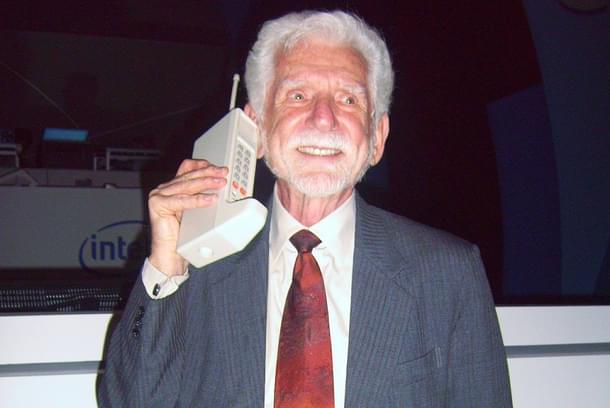
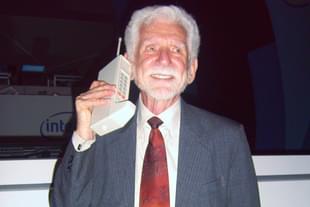
In New York City’s crowded Sixth Avenue, exactly 50 years ago, on 3 April, 1973, a man wielding a hefty instrument, sticking it to his ear and seemingly talking to it, drew curious stares.
Martin Cooper, a senior engineer at the American communications company, Motorola, was holding a prototype of the world’s first handheld and untethered portable phone, that he and his team had developed over the last five months.
It weighed over 1 kg and was nearly a foot long.
Dr Cooper made that first call to a fellow engineer at the Bell Labs of the competing land phone company AT&T, Dr Joel Engel, to establish that Motorola had won the global race to invent what we now recognize—albeit much reduced in size—as the mobile phone.
It was to be a full decade before Motorola converted that early prototype into a commercial model—the DynaTAC 8000X (for Dynamic Adaptive Total Area Coverage)—and sold it to few who could afford it in 1983 for $3995.
Not surprisingly the 33 cm long heavyweight was nicknamed 'The Brick'.
As the saying goes, You’ve come a long way, baby!
Last month at the Mobile World Congress in Barcelona, the ‘Father of the Cell phone’, Martin Cooper, now 94, received a Lifetime Achievement Award from the mobile phone industry.
These days he uses the latest version of an iPhone and wears an Apple Watch – but confesses: “I still don’t know what TikTok is!”
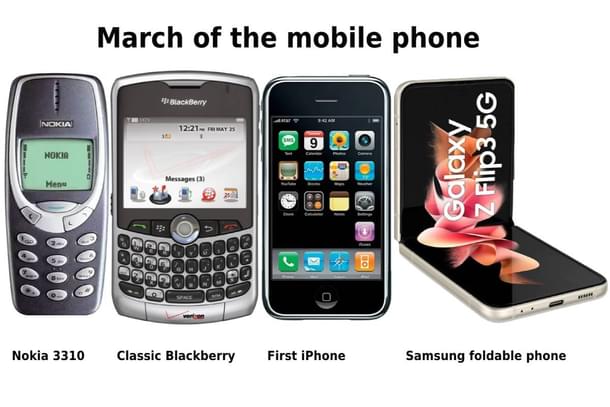
Ek Nokia Chahiyeh!
By 1987, only four years after that first mobile phone hit the market in the US, an unknown Finland-based company, Nokia, launched a much smaller phone in Europe – the Mobira Cityman 900.
The company was to quickly gain a dominant position in the global mobile phone market – and Nokia and Motorola were the first two brands available in India, just before the end of the 20th century.
The sturdy Nokia 3310 became something of a flagship in India in the early 2000s and there is an apocryphal story that rural first-time users, long haul truck drivers and the like, so appreciated its India-specific features like a built-in torch that they said “Mujhe Nokia chahiyeh” when they shopped , making the brand a synonym for a hand phone.
By 1999 the Internet was a global phenomenon and a Canadian company, Research In Motion, married the Web to the hand phone and launched the Blackberry, allowing hot shot executives to use the built-in full QWERTY keypad to send lengthy messages and e-mails, much like a desktop PC.
At its peak in 2011, Blackberry had 85 million subscribers – but its unique combo of the Net and Voice was challenged by Google’s Android and Apple’s iOS platform and the company ceased its phone business in 2016.
It continues to offer software services and last month it set up a Centre of Excellence in Hyderabad to develop its range of Software Defined Vehicle (SDV) solutions for electric vehicles.
Android ascendency
Apple launched the iconic iPhone in 2007, the first phone with a touch screen and app-based icons or widgets.
That same year, Google launched the Android operating system based on a Java script language and in a masterstroke, gave away the licence for free, making money with its own app store, Google Play, and pushing mobile phone makers to include a whole slate of Google tools: Gmail, Google Maps, YouTube.
That way it captured over 85 per cent of the global hand phone market.
Multiple generations of cellular standards up to today’s 5G have progressively added layers of user-friendly tools from short messaging service (SMS) to mobile Internet access, to digital data to high-speed mobile TV and mobile WiFi.
There has been no significant change in the form factor for a decade—except folding phones with a secondary display on the outside.
In 2019, both Motorola (Razr) and Samsung (Galaxy Flip) launched folding handsets. Since then many competitors have done likewise – though it remains as of now a rather pricey gimmick.
India, just a whisker behind China
A March 31 release by the Telecom Regulatory Authority of India (TRAI) puts the total number of wireless mobile subscribers as 1170 million at end January which can be extrapolated to around 1200 million or 1.2 billion today.
The actual number of devices in use may be higher – World Bank data quoted by Wikipedia puts the mobile phones in use in India at 1.5 billion, only a whisker behind China at 1.6 billion.
These two nations are so dominant that the next markets in size—Indonesia, USA – are each less than 400 million.
Interestingly, the latest TRAI data shows that while urban India phone subscriptions are almost saturated, there is room to grow of another 43 per cent in the rural reaches.
This headroom suggests that India may well overtake China (where the market is near saturated) in a year or two, even as India is set to overtake China in population as well very soon.
One effect of this has been the steady growth of the indigenous mobile phone manufacturing industry in India.
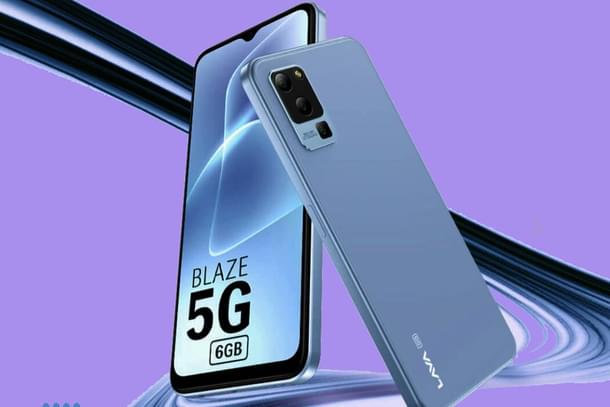
Cheapest 5G phone is Made in India
On one hand purely Indian brands like Intex, Lava, Karbonn and Micromax are able to compete with global brands making in India, by tapping what the late C.K. Prahalad called ‘the fortune at the bottom of the pyramid’—the entry level smartphones and feature phones costing below Rs 10,000.
Indeed, Lava’s 'Blaze 5G' which retails for Rs 11,999 is arguably the cheapest 5G-ready phone in the country or anywhere.
On the other hand, at least a dozen international brands now have manufacturing plants in India—mostly on contract, though key components like the chip and the display are still not made indigenously.
But that is set to change, if the thrust on state-supported silicon fabs bears fruition.
Global operators like Foxconn recently took steps to open new plants in at least two southern states which could extend Apple’s iPhone manufacturing muscle in India.
Manufacturing muscle
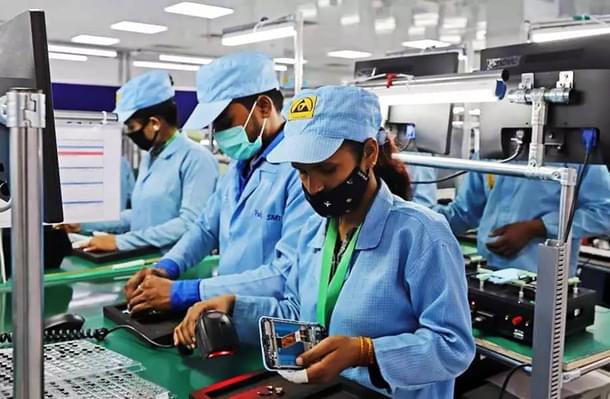
Viable contract manufacturing of phones in India has also been established by purely Indian enterprises like Dixon, that the Vachani family of earlier Weston TV fame (now headed by Sunil Vachani) started as early as 1993 and now has grown to 17 plants making it India’s biggest electronics manufacturers mostly for mobile phones, laptops, set top boxes and LED TV.
A viable domestic market that has room to grow and a world class manufacturing infrastructure bodes well for India’s ambitions to soon become the world’s mobile phone behemoth.
As the Godzilla films shouted in their catchlines, sometimes 'Size Does Matter!'
Anand Parthasarathy is managing director at Online India Tech Pvt Ltd and a veteran IT journalist who has written about the Indian technology landscape for more than 15 years for The Hindu.





